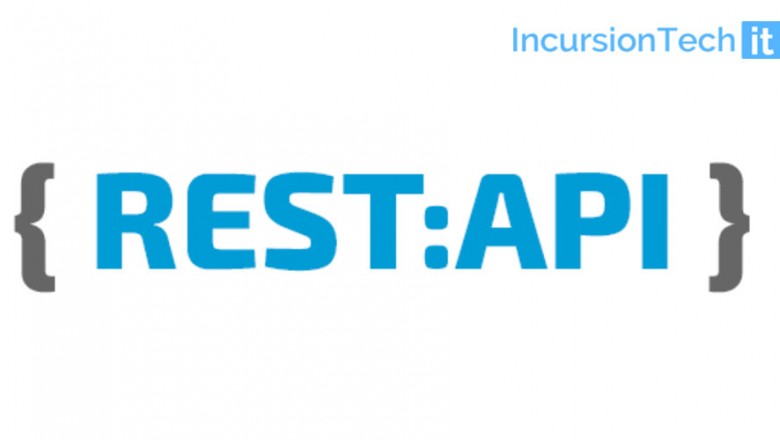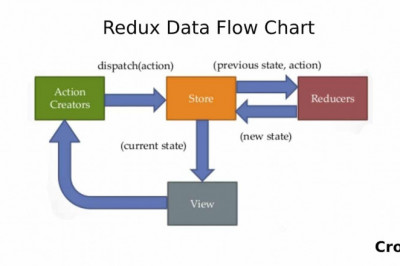views

REST APIs provide a lightweight and flexible way to integrate applications for connecting components in micro services architectures.
REST APIs are one of the most common kinds of web services available today. REST APIs allow various clients including browser apps to communicate with a server via the REST API. It is very important to design REST APIs properly so that we won’t run into problems down the road. We need to ensure security, performance, and ease of use for API consumers.
In this article, we’ll look at how to design REST APIs to be easy to understand for anyone consuming them, future-proof, and secure, and fast since they serve data to clients that may be confidential.
REST or RESTful API design (Representational State Transfer) is designed to take proper advantage of existing protocols. While REST can be used nearly on any protocol, REST API usually takes advantage of HTTP when used for Web APIs. This means developers do need to install any libraries or additional software to take advantage of a REST API design.
First defined in 2000 by computer scientist Dr. Roy Fielding in his doctoral dissertation, REST provides a relatively high level of flexibility and freedom for developers. This flexibility is just one reason why REST APIs have emerged as a common method for connecting components and applications in a microservices architecture.
To Understand REST API Design there are six key constraints to REST API design to be aware of when deciding whether this is the right API type for your project.
Client-Server: In REST API design, client and server applications should be separate from each other and independent of each other. The only information the client application should know is the URI(Uniform Resource Identifier) of the requested resource because it can’t interact with the server application in any other way. Similarly, a server application should not modify the client application other than passing it to the requested data via the only HTTP.
Uniform interface: All API requests for the same resource so it looks the same, no matter from where the request comes. The REST API will ensure that the same data, such as the name or email id of a user, belongs to only one uniform resource identifier (URI). Resources should not be too large but should contain important information that the client might need.
Statelessness: REST APIs are stateless, meaning that each request needs to include all the information necessary for processing it. In other words, REST APIs do not require any server-side sessions. Server applications aren’t allowed to store any data related to a client request.
Cache: When possible, resources should be cacheable on the client or server-side. Server responses also need to contain information about whether caching is allowed for the delivered resource. The goal is to improve performance on the client side while increasing scalability on the server side.
Layered system architecture: A layered system is a system comprised of layers, with each layer having a specific functionality and responsibility. If we think of a Model View Controller framework, each layer has its responsibilities, with the models comprising how the data should be formed, the controller focusing on the incoming actions, and the view focusing on the output. Each layer is separate but also interacts with the other. In REST API design, the same principle holds, with different layers of the architecture working together to build a hierarchy that helps create a more scalable and modular application.
Code on Demand: REST APIs usually send static resources, but in certain cases, responses can also contain executable code (such as Java applets). In these cases, the code should only run on-demand.
Get started today with IncursionTech, We have a well-qualified and experienced team of developers, who can develop your required plugin as per the requirement.
There are many variations of lorem spassages of Lorem Ipsum available internet tend to repeat predefined.
Office Address
121 King St, Melbourne VIC 3000, Australia












